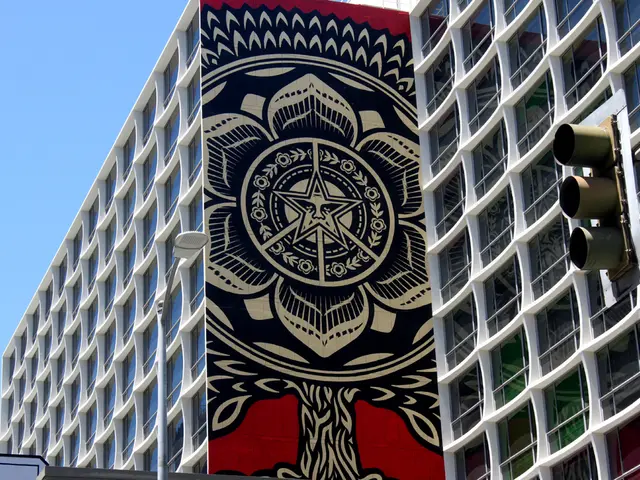Cranach-Triegel Altar Safely Arrived in Rome - Cranach-Triegel Altarpiece Arrives in Rome, Sparking Debate on Permanent Home
The Cranach-Triegel Altarpiece, a masterpiece funded by the German state of Saxony-Anhalt, has reached Rome. The artwork, created by Lucas Cranach the Elder and later completed by Michael Triegel, is set to be displayed in the church of Santa Maria della Pietà on the Campo Santo Teutonico. Its arrival is marked by a ceremonial event on November 2, sparking debate about its permanent location.
The altarpiece's journey began in Naumburg Cathedral, where it was first exhibited in 2022. It then moved to Paderborn before returning to Naumburg. Now, it's in Rome, where visitors can view it for the next two years. The International Council on Monuments and Sites (ICOMOS) has raised concerns about the altarpiece obstructing the view of the renowned High Medieval donor statues in Naumburg Cathedral. This has led to discussions about its final placement, with the United Cathedral Foundations advocating for Naumburg Cathedral as its rightful home. Meanwhile, ICOMOS argues that its presence in the west choir could lead to the revocation of the UNESCO World Heritage status.
The Cranach-Triegel Altarpiece's temporary home in Rome allows for further dialogue and consideration of its permanent location. While the United Cathedral Foundations maintain Naumburg Cathedral as the rightful place, ICOMOS continues to express concerns about the altarpiece's impact on the cathedral's UNESCO World Heritage status. The ceremonial event in Rome marks a significant moment in the altarpiece's journey, as discussions about its final destination continue.
Read also:
- American teenagers taking up farming roles previously filled by immigrants, a concept revisited from 1965's labor market shift.
- Weekly affairs in the German Federal Parliament (Bundestag)
- Landslide claims seven lives, injures six individuals while they work to restore a water channel in the northern region of Pakistan
- Escalating conflict in Sudan has prompted the United Nations to announce a critical gender crisis, highlighting the disproportionate impact of the ongoing violence on women and girls.







